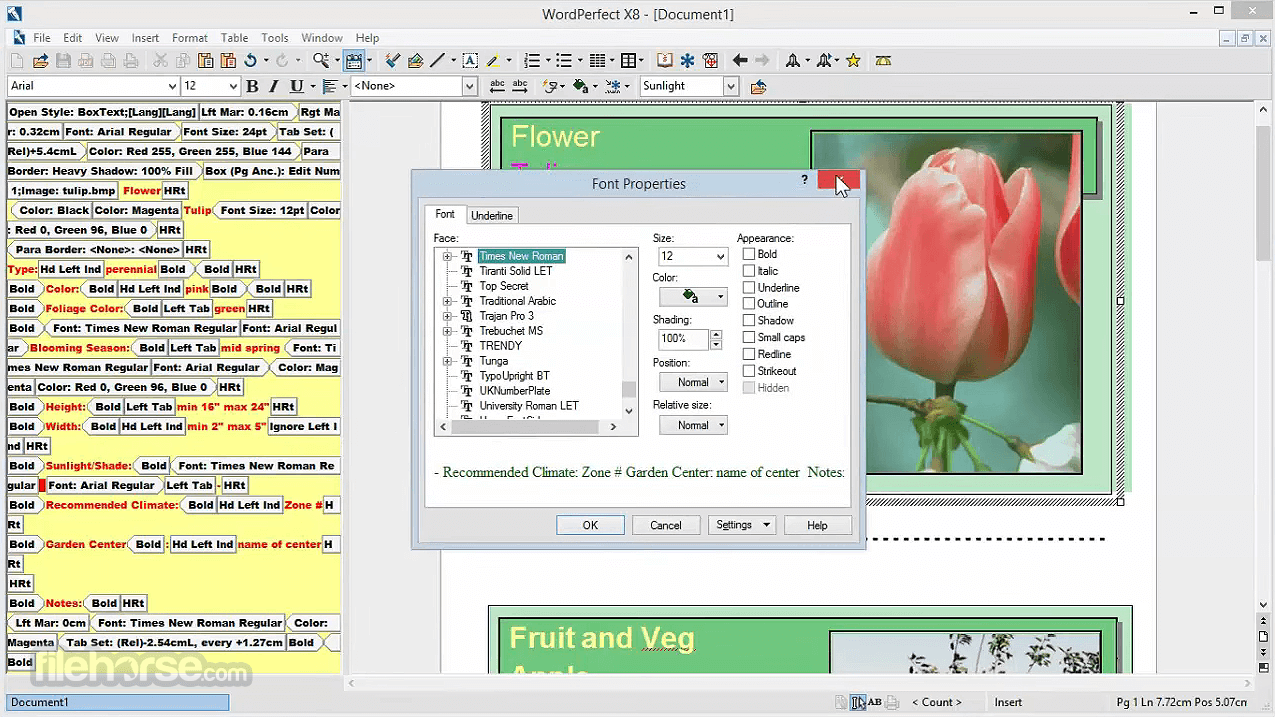
UCS-2 uses two bytes for each character but can only encode the first 65,536 code points, the so-called Basic Multilingual Plane . Therefore, UCS-2 is obsolete, though still used in software. UTF-16 extends UCS-2, by using the same 16-bit encoding as UCS-2 for the Basic Multilingual Plane, and a 4-byte encoding for the other planes.
Enter the code of the character you wish to display. In this case, we want a black star, which is Unicode code 2605. Similarly, for Unicode of ‘G’ is 71, ‘E’ is 69, ‘K’ is 75, and so on. It does not support sixel graphics, so the -l option cannot show examples of the character in different fonts. Unihan refers to this supplemental information — both the English gloss and the romanizations — as “readings”.
- You can use arrow keys to select a particular character.
- You can view the characters in a font using the Glyphs panel.
- Even finding an ellipsis is such an odyssey I can never remember whether it’s available or not.
- After all, conventional wisdom says that all the good Web sites require complexity.
I’d rather be allowed to use alphanumeric only but enforce a longer password length, which as we see above would likely be more secure. “BT6aKgcAN44VK4yw” is a very nice, secure 16-character password that’s difficult to remember. In fact, about the only way to use this is with password manager software that remembers it for you.
Quickly generate all Unicode values from the given code point interval. Suppose we want to use the Skull and Crossbones character. In the previous example, we locate the arrow we wish to use and find out that it is a Rightwards Arrow and its Unicode value is U+2192. After the A, enter Shift + Ctrl + u to signal Unicode entry mode. Version 1.6 (1.5.x while in development) of theFOX toolkit uses UTF-8 internally, giving your program a nice all-UTF-8-all-the-time environment. Range expansion and a seemingly equivalent regular expression search will give different results.
Windows 10 Social
After the recent update (v15.0), I am having issues with Optical kerning, specifically with the font Noto Serif Khmer . I’ve opened the file in v14.0.3 and everything works fine in that version. Although my software is up to date, the option “Convert footnotes to endnotes” is missing from my “Type” menu item . The interface is in portuguese, but you can see there are only four itens on the footnote/endnote area, the fifth (“Convert footnote to endnote”) is really missing…
Databases
In other words, sorting UTF-8 strings per-byte yields the same order as sorting them per-character by logical Unicode value. Code that processes text as more than just binary data Unicode might have to become a lot smarter. The problems of searching, sorting, and modifying letter case (upper/lower) vary per-language. If your application doesn’t need to perform such tasks, consider yourself lucky. If you do need these operations, you can probably find a UI toolkit or i18n library that already implements them. An input method is a way to map keystrokes to characters.
User Login
The remaining 96 printing characters include the DEL and SPACE characters, as well as all 26 letters of the alphabet, upper- and lowercase, numerals and punctuation symbols. Developers can also check the most significant bit of characters in a sequence to verify that a data stream, string or file contains ASCII values. The most significant bit of basic ASCII characters will always be 0; if that bit is 1, then the character is not an ASCII-encoded character.








